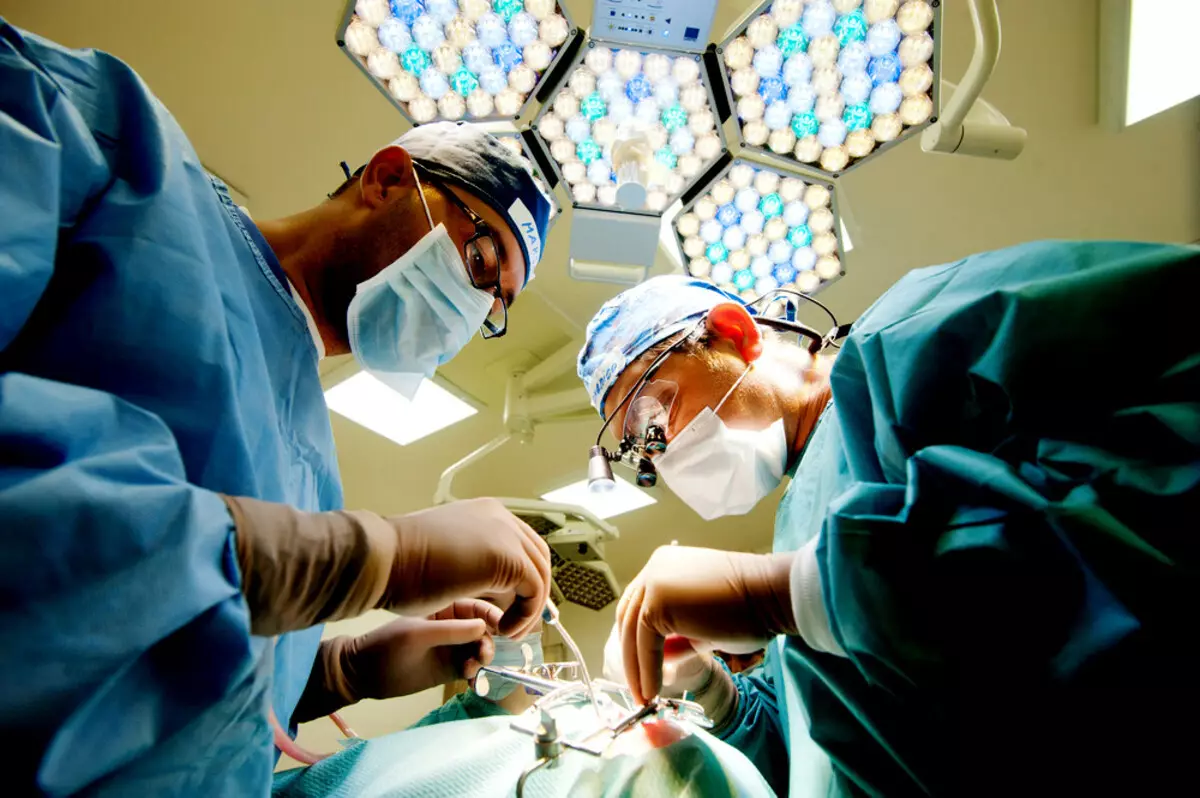
The surgeon doctor Alexander Reznik from St. Petersburg talks about where the transplantology comes from, as in the 21st century there are operations in Russia and abroad, which was in the past and waiting for us with you in the future. Which, as it turned out, not far from the mountain. We publish without bills and edits. Part of the first, excursion in history.
Antiquity and Middle Ages
By itself, the idea of changing damaged human fabrics on healthy appeared in antiquity. The first documentary evidence is attributed to about 1000 BC, when the Indian Schitu Surgeon described the skin flap transplant technique for the treatment of nose injuries. But the lack of scientific knowledge and faith in the magical nature of life left the idea without incarnation. All attempts to transplant the skin (in those days it was about it only) I boiled down to attempts to join a piece and see what will happen. And nothing will be, of course.
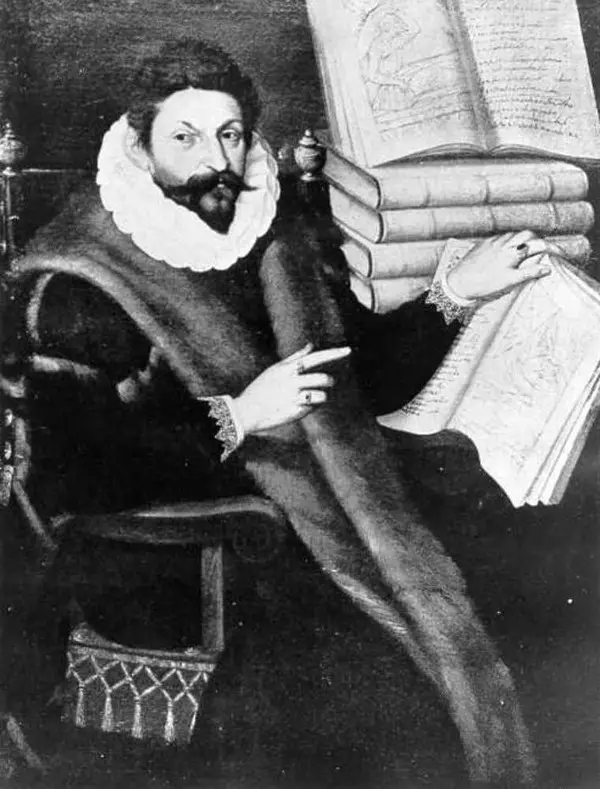
With the occurrence of the Renaissance Ancient fears, mixed in general ignorance and faith in Alchemy, began to disappear, gradually giving way to the scientific thinking. And the practice of obtaining and applying new knowledge did not make himself wait long. Gaspar Talicoqsi, for example, was a surgeon from Italy. In the second half of the XVI century, he engaged in plastic surgery, well, as far as it was possible then, that is, almost in any way. In fact, he created it. He once drew attention to the attention that the replacement of damaged skin was intact, but devoid of nutrition (blood supply), leads to failure of the entire venture. Non-futured, but significant observation.
Nevertheless, after 100 years, it was completely missed by John Hunter, who was engaged in his experiments in the field of surgery and transplantation and then became a dentist in London. He was confident that the fabrics are not coming out due to the loss of "life principle" (in the original "Life Principle") and led a whole teaching under this case, within which he investigated the regeneration and tissue transplantation: transplanted somewhere pieces of ovaries and testicles And watched that it would work out.
The conclusion was like this: if the fabric does not translate immediately after receiving, it does not come true. These guesses and formed the basis of the concept of the viability of the organs, which after some time received a rapid development, but at that time it was called the "life principle" and that's it.
There were, of course, other well-known scientists in this area, but I will focus on these examples. By the end of the XVIII century, knowledge has accumulated enough to "London Royal Society for the Development of Knowledge of Nature" issued a resolution that the regeneration of tissues and their transplant is possible. Under certain conditions.
XIX century and a little xx century
In 1812, the doctor and physiologist Julien Jean Cesar Le Galua wrote in the report for the Imperial University about his ideas:
"The revival of organs and even a whole corpse will be quite possible if it is ever managed to create conditions for artificial blood circulation with genuine blood or any other nutrient fluid that can replace blood."
That is, Le Galua's idea was that it was possible to preserve the "life principle", artificially supporting the circulation (blood circulation) in the tissue. He himself never began to study artificial blood circulation (then there was no such a term) individual organs, since the modern state of technology did not even give the minimum conditions for this, but his vision was the foundation of the work of many scientists in the 20th century.
The most important discovery for the development of transplantation was done when they thought to look into the optical microscope. It became obvious that the adhesion of the fabric occurs due to the germination of new vessels, and not as a result of the wonderful sticking of the tissues. The theory of Hunter lost relevance, and everyone rushed to make devices to maintain circulation in organs.
Why make devices? Because it could not know anything to transplant then - the techniques did not know, did not come up with her yet. But science went ahead and the first transplant remained quite a bit time. So at first everyone took up the study of the properties of individual organs - they joined them to different aggregates and watched that it would be if it would be for such a solution through them, and what if such. Speaking in modern language - perfumed isolated organs in various modes.
The first attempts of the perfusion of the bodies were made by Edward Lobel in 1849.
Further, in 1885, the physiologist Max Background Frey smeared the device, according to its characteristics, corresponding to the cardiovary pulmonary car, that is, he gathered an early prototype of an artificial blood circulation apparatus.
Another 10 years, in 1895, Oscar Langendorf came up with a simple method of perfusion organs. He took the reservoir, attached to him a tube, joined the tube to the organ, the fluid passed through the body under the action of gravity. As easy as pie.
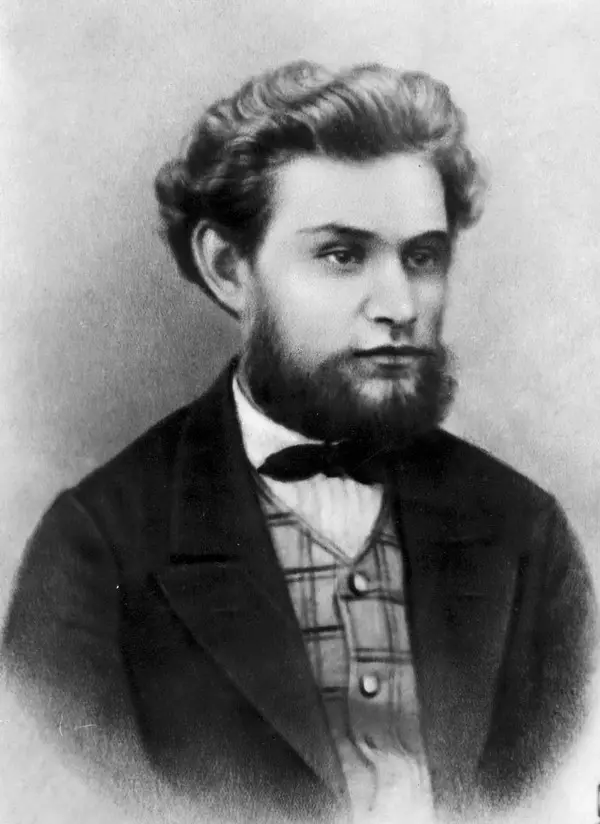
In 1899 (after another 4 years), our compatriot Ilya Faddeevich with the help of this apparatus supported the work of the frog heart for 48 hours.
By the way, for 41 years before, in May 1858, in his lecture for the Royal College of England surgeons, the famous neurophysiologist of that time Charles Brown-Sech argued that he managed to restore certain functions of the brain using blood perfusion through the vessels separated from the head of the head.
I selectively listed the prominent scientific figures of that time, all to me not to cover, but the works of most of their contemporaries summarized one surgeon from France named Aleksis Carrel. His works on the development of the imposition of vascular seam and transplantation of vessels and organs became a real cornerstone of modern transplantation and in 1912 he received the Nobel Prize. Of course, those whose works contributed to the success of A. Karrel, but I will not write about them, because the historical certificate is already delayed.
Alexis Carrel - Father of modern transplantation (unreal):
The real father of modern transplantation is considered Vladimir Petrovich Demikhov, but at the time of delivery of the Nobel Prize, Vladimir Petrovich has not yet been in the world.
XX century, first operations
So, a vascular seam was developed, here he is by the way:
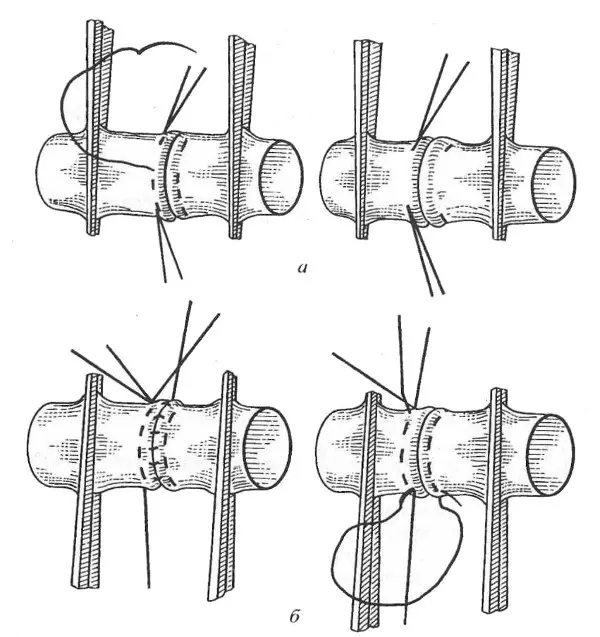
There was an opportunity to sew the vessels among themselves and then went, went.
Emerich Ulman first successfully transplanted the kidney in 1902, unsuccessfully tried to transplant pork kidney to man and stopped experiments. By the way, at the same time, the Russian physiologist A.A. Kulyabko might and main experimented with the revival of the heart.
Mathieu Zhabulu in 1906 spent two kidney transplant operations from pig and goats to different people trying to cure renal failure. He even argued that the authorities functioned for some time that it could not be true. Alas, both patients died.
The world's first successful kidney transplant from a person man was made by the Soviet surgeon Yu.Yu. Voronov in April 1933. Then it was not yet known that such a phenomenon, as thermal ischemia, was not transferred by the authorities and, of course, the renal function was not restored, unfortunately, the patient died after 2 days. Nevertheless, it was proof of the consistency of clinical transplantation of entire organs. After all, before that, they only talked about transplanting pieces of fabrics.
After the turning point for a fairly short period of time, for the first time, for the first time, all types of transplants were performed, first in the experiment V.P. Demichev, and then different people in the clinic.
Vladimir Petrovich Demikhov
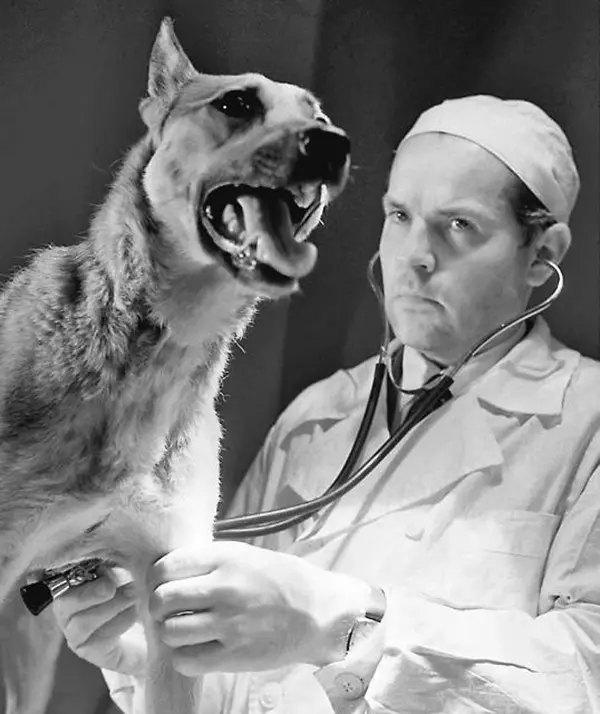
V.P. Demikhov, was a man of complex and tragic fate. For pioneer ideas and work, he was first all given, then they were deprived of everything and in addition covered shame
Outstanding experiments are listed here.
In 1960, he wrote the world's first monograph on transplantation "Transplantation of vital organs in the experiment" - the main work of his life. Translated into other languages, published in the USA and Europe. And in the USSR, this work was practically not noticed, moreover, his laboratory was trying to close at the same time, because of the "quantity". To protect his monograph at the main place of work in the 1st Moscow Medical Institute did not give and he was forced to switch to the emergency care. N.V. Sklifosovsky, where he was allocated a place for the laboratory:
"In reality, it was a room in a basement with an area of 15 square meters, half of which was occupied by an ammonia installation and a wardrobe with preparations. Poor lighting, dampness, cold. Operated with the light of the ordinary lamp, the equipment is no, homemade artificial respiratory unit, and a recorded cardiograph. Instead of compressor - old vacuum cleaner. Under the laboratory windows, a boiler room, filling the room with caviar smoke. There were no indoors for animals, animals ate, drank, took medicines and procedures and were recovered right away, in the "laboratory".
In 1963, the dissertation after all took to defend in the scientist of the MoscowSA Council for the degree of candidate of biological sciences. After successful protection and protrusion of opponents, an acute discussion took place, then the scientist Council unanimously voted "for" - opponents of V.P. Demikhova defeated the hall. But he spent only a half hour by the candidate of science, the scientist was under such an impression of the work of the dissertation, which followed the second vote, and demikhov became a doctor of biological sciences.
In the period from 1963 to 1965 His team developed methods for preserving isolated organs in a functioning state in special containers connected to the circumstantial system of a living or a lively "inkonny" body. We maintained individual organs alive for 7 days (this is not possible today).
In 1965, in the forum on transplantology, he voiced the idea of creating banks of donor bodies, offering, in particular, to place human organs (hearts) inside the living pig, where they could be stored to demand. The idea was defeated, was called "Pure Ahinea", incompatible with the communist morality. Immediately read the prepared pre-appeal to the higher authorities about the deprivation of Demichov of all scientific titles and the laboratory.
Persecution on V.P. Demikhov did not end over time, only intensified, ultimately, he suffered a stroke and gradually lost his memory. Having lived together with his wife in full poverty, when even the district doctor was defeated by poverty and the wretchedness of the apartment of an outstanding scientist during visits. Vladimir Petrovich died in 1998, shortly before his death was awarded the Order of the 3rd degree for the development of surgical techniques of the aortocortonary shunting.
The continuation of the story will be published next week - approx. ed.
